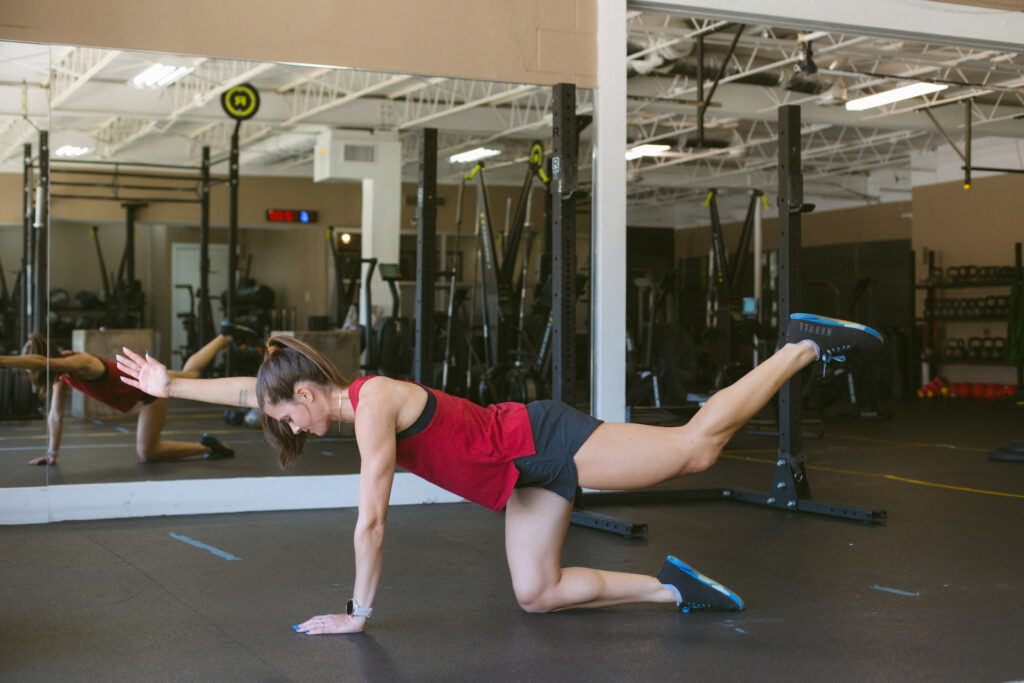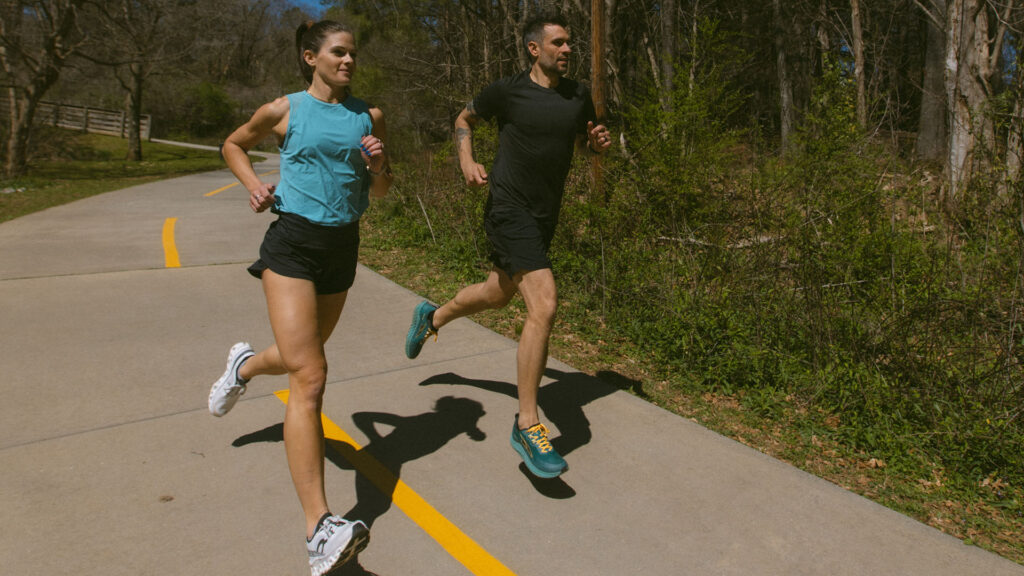What Is RPE?
The RPE scale is a way for lifters to subjectively measure the intensity of a lift, which they usually then base the rest of their training day around.
The ratings run from 1-10, one representing a lift that requires little to no effort and 10 being the absolute maximum a person can lift. More experienced trainees usually use the RPE scale since it requires a level of honesty and training wisdom to assess the difficulty of a lift accurately. A beginner may not have pushed themselves to the limit before, so their perception of what’s hard will be vastly different compared to a lifter who has endured heavy 20-rep squats.
RPE Scale
- 10 — At your max, you have no more reps.
- 9 — There’s another rep in the tank, but it’s a grind.
- 8 — You’re beginning to hit your 2-4 rep stride.
- 7 — Often, a weight one can move with power (5-7ish reps).
- 6 — Weight that one can move quickly for speed work (+/- 8 reps pending on speed/training goal).
- 5 — A weight that someone warms ups.
- 4 & below — Light weight that can be used for mobility, recovery, and form emphasis.
The Science Behind RPE Training
A 2017 study from the Journal of Strength and Conditioning Research looked at the relationship between RPE and velocity during the squat, bench press, and deadlift during a 1RM lift (with powerlifters). The authors found that when athletes hit their 1RM and were asked about RPE, they were generally consistent across the board. The squat, bench press, and deadlift RPEs were 9.6, 9.7, and 9.6 with a +/-.5 variation. Here, a 9.6 would be consistent with an athlete not having one more rep in the tank. This suggests that RPE could be a beneficial tool for prescribing training intensities. (1)



